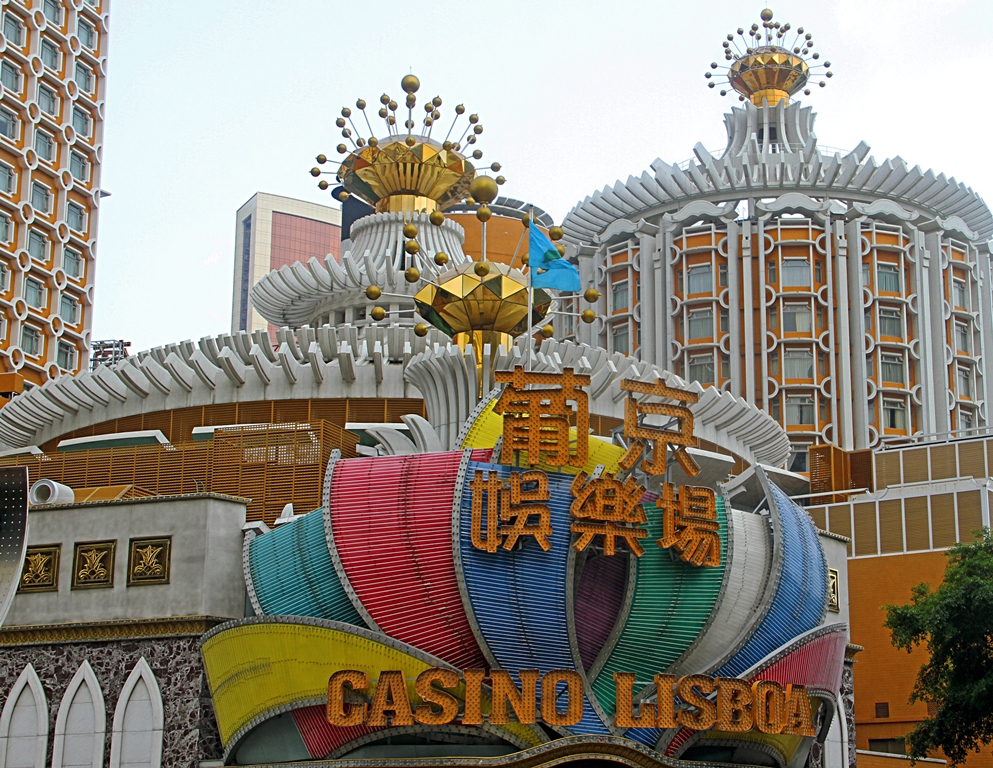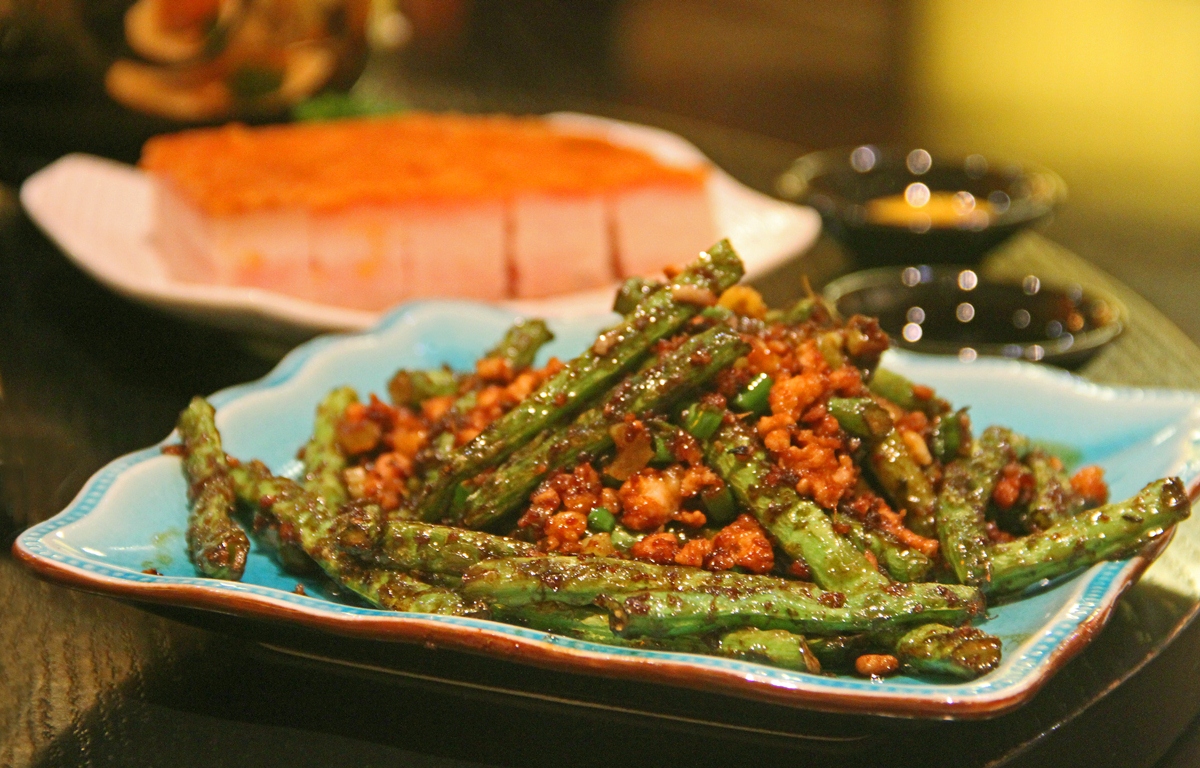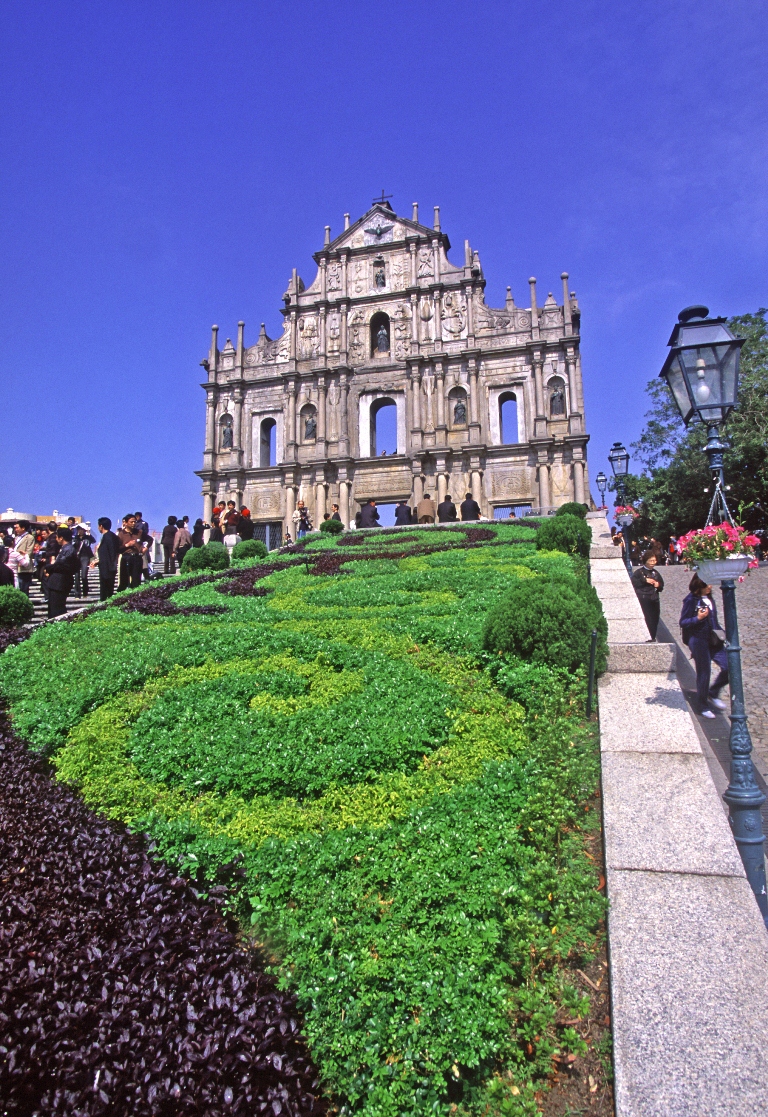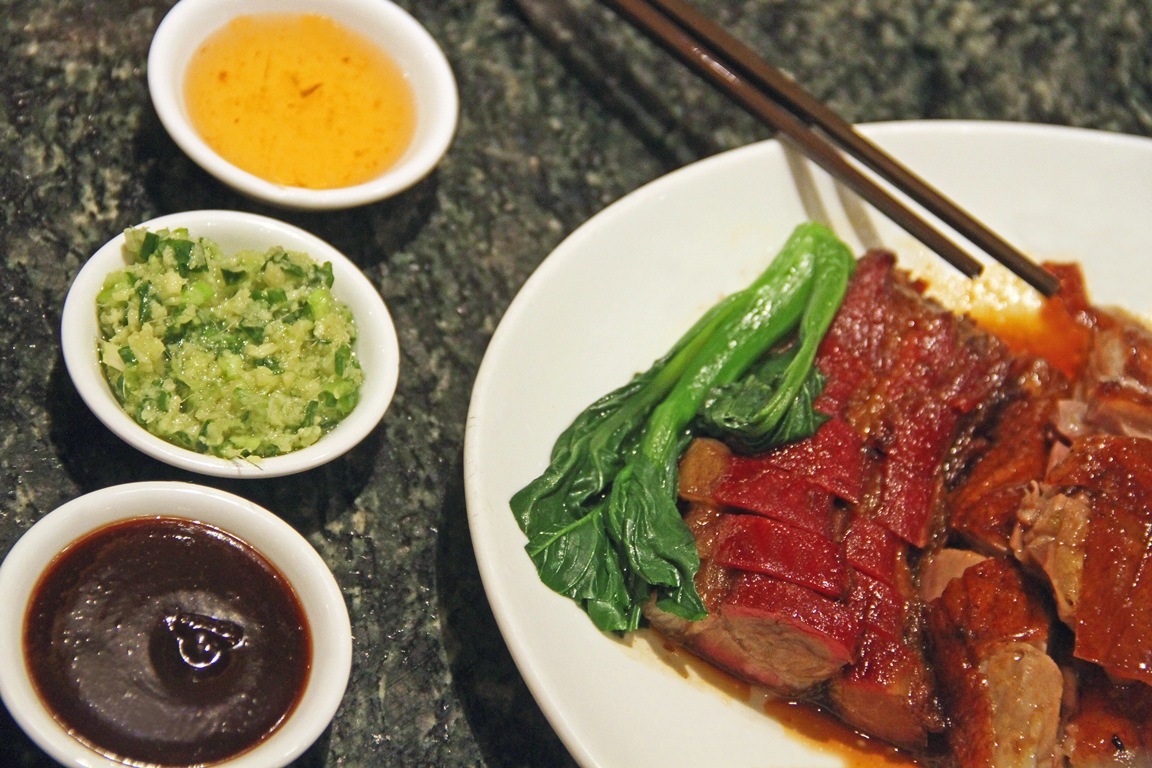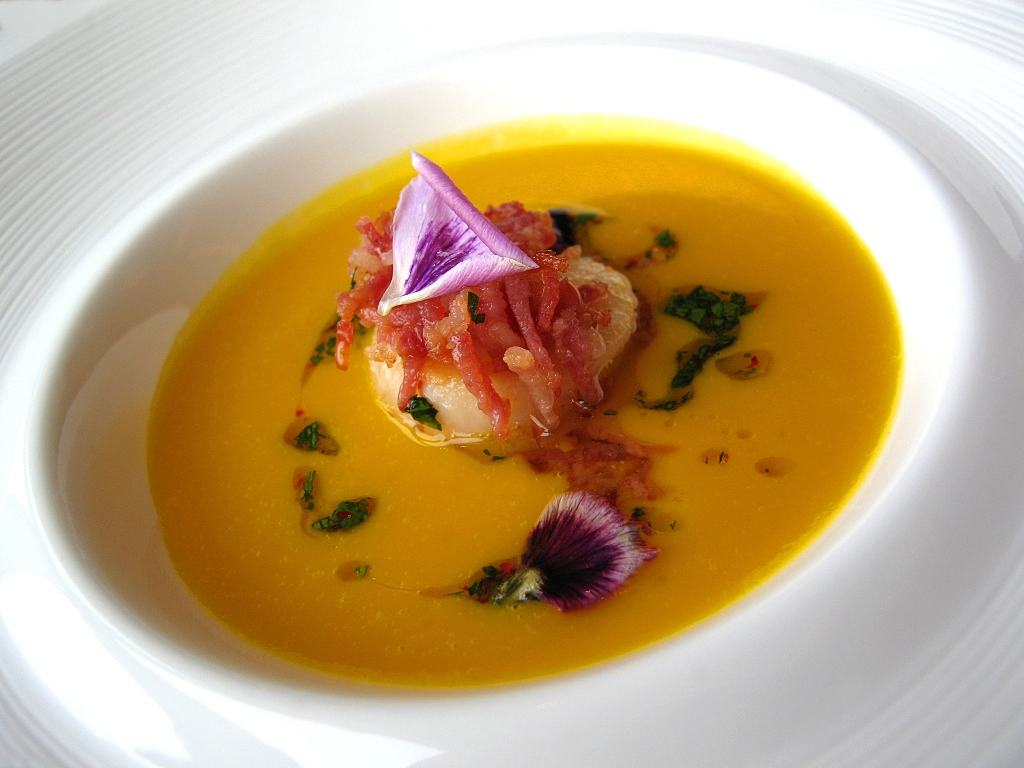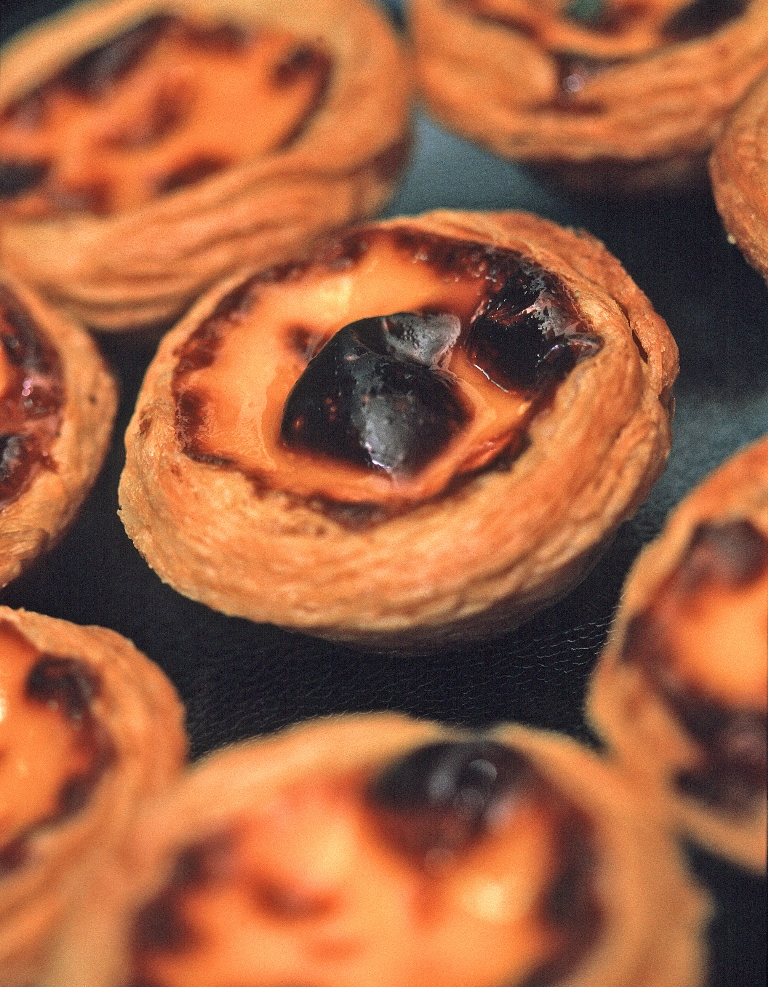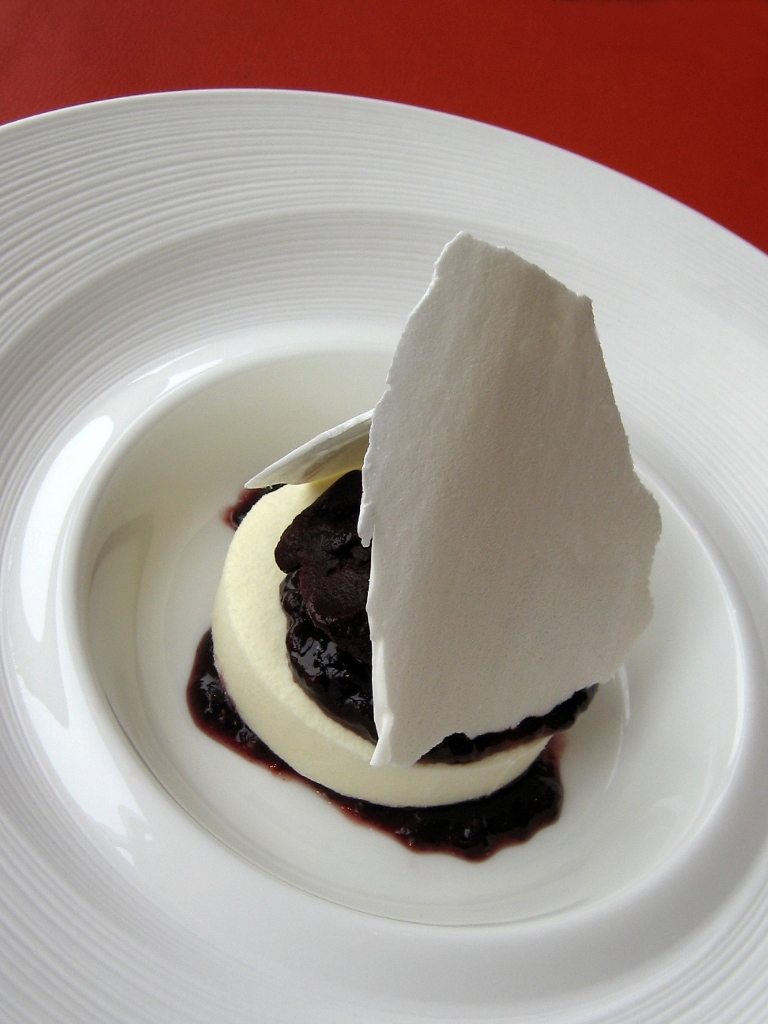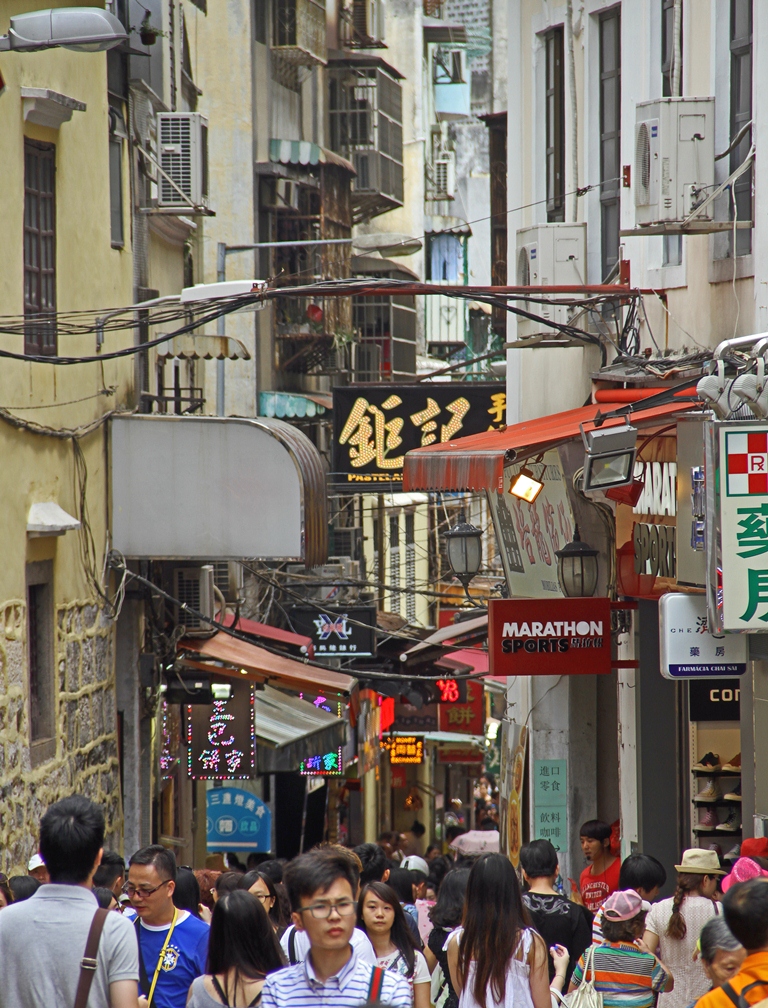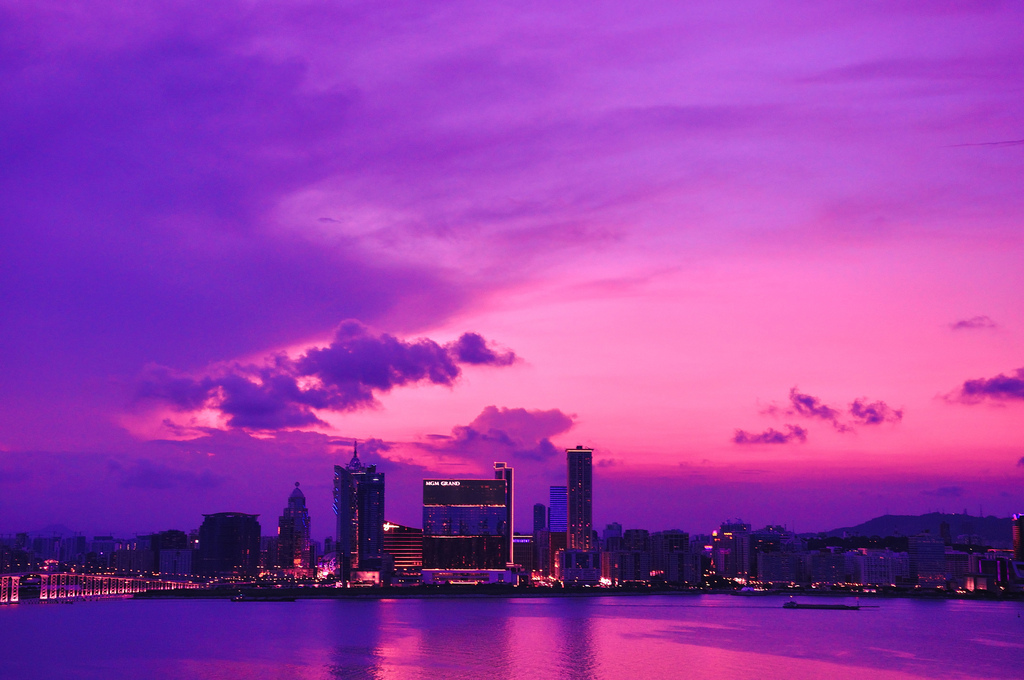
Photo credit: vincent87 / Foter / CC BY-NC-SA
Peer behind the gargantuan, glitzy casinos of Macau, and you’ll find a city that hums with life. And as David Bowden discovers, nowhere is Macau’s Chinese personality more obviously blended with its colonial Portuguese past than on the plates of its many fusion foods.
Many travellers place their faith in publications such as Lonely Planet, so when it recommends Macau as one of the 10 places to visit in 2015, you can expect a spike in the annual visitation figures. Being just 30 sq km in area, there’s not much of Macau and it tends to get overshadowed by China and Hong Kong which are both less than one hour away. The small Chinese special administrative zone and former Portuguese colony of Macau is a four-hour flight from Kuala Lumpur, which makes it perfect for a weekend escapade. Macau (sometimes spelled Macao) was once a sleepy backwater of colonial Portugal, but is now Asia’s gaming and entertainment capital that has supposedly overtaken Las Vegas by the numbers.
Casino Lisboa
Despite its compact size, Macau packs in quite a lot with the things that most interest me: heritage and a fascinating variety of food. The entertainment/gaming strip called Cotai is reclaimed land between what were once Tapia and Coloane Islands. Now they have been morphed in a strip of glistening casinos offer a ‘one-stop’ destination. Some visitors check in and never leave the vast resort building until they depart. This makes the casinos happy because people eat, drink, sleep, shop, gamble, and are entertained without ever once stepping out into the fresh air. Everyone to their own, of course, but if it’s history and local food you seek during your travels, step outside your hotel to discover Macau as it once was.
Fusion Food
Spicy long beans Noodle and Congee, Corner Hotel Lisbo
It was inevitable that over the centuries of Portuguese influence in a Chinese setting, that there would be some fusion between the two culinary styles. Malaysia achieved this with its Peranakan (Nyonya) cuisine, while Macau has its own unique style known as Macanese food.
Ruins of St Paul’s
Portuguese colonialism is also reflected in Macau’s architecture, and its historic heart is a maze of expansive, European-styled squares, old buildings, and narrow, cobblestoned streets. Its history is similar to that of Melaka as they both entered the world as trading ports to export Asian goods to the West and vice versa, and today, both locations are now protected as UNESCO World Heritage Sites. Macau is a labyrinth of pokey streets that served their purpose centuries ago, but are now inadequate for the throngs that descend upon them today. Get a map, head off, get lost, rediscover your location, and do this until you’ve had enough. Your time won’t be wasted and you will see and enjoy much more than the remains of the ‘mustsee’ St. Paul’s Cathedral.
Roast duck and condiments, Square Eight Macau
After a few Macau Golden beers to reinvigorate the body, your thoughts will no doubt turn to food. Restaurants such as Fernando’s in Coloane and Café Litoral in Taipa are leading purveyors of Macanese-styled food, with signature dishes such as galinha Africana (spicy African chicken) and pasties de bacalhau (codfish and potato cakes). The chicken is a famous dish that typifies Portuguese colonialism and mercifully is offered in several degrees of chilli spiciness as it can be mouth-numbingly fiery. Other Macanese delights include charcoal-grilled sardines, ox tripe stew, and delicious garlic prawns cooked in olive oil. Cooling Superbock beer and Portuguese wines are readily available to complement the dishes.
Wining and Dining
Pumpkin soup with scallop Aurora, Rest Altira Macau
Other restaurants in Macau serve individual Portuguese and Chinese styles that have not fused as Macanese. Most casinos and adjoining shopping precincts are home to a range of international cuisines in a variety of settings from fine dining to casual fast food outlets. Michelin-star rating has also come to town and now many restaurants vie to be included on the prestigious annual list.
According to the prestigious French restaurant rating, there are two three-star restaurants (Robuchon au Dome and 8), a pair of two-star (Golden Flower and Zi Yat Heen), seven one-star and a handful of aspiring un-starred but recommended restaurants. For a modest meal, book a table at Wong Kung Soi Kung to sample the much talked-about fish roe noodles and crab congee. Located within the UNESCO zone, the restaurant has captured the attention of the Michelin judges, but only in the Bib Gormand category (no stars, but on the radar for offering great value). The owner, Mr. Cheang, uses a bamboo press to make his noodles which are perfect for the ‘fishy’ roe. There’s plenty of crab meat in the smooth and tasty congee.
Portuguese Egg Tarts
Lord Stow’s in Coloane Village (and with several branch outlets) makes arguably Macau’s best Portuguese egg tarts. The mothership is located in Coloane Village which is worth visiting with or without Lord Stow’s. The owner is British, but not a lord, nor the creator of Portuguese egg tarts; nevertheless, he has taken ownership of another food item that visitors eagerly stock up on. While the blackened surface will come as a surprise to many used to the plain yellow tart in Malaysia, everyone agrees on the yummy taste of the egg tarts here – the hungry crowds heading out the door suggest that many visitors like a little tart or two.
Head back to Taipa Village for the inevitable ‘food street’ atmosphere that actually sprawls over several streets. This is obviously popular with most Asian visitors, and there’s a great atmosphere with excellent food that’s best self-discovered after a few circuits of the block. Biscuits are important for most Malaysian visitors and one of the trophies of travel is to buy popular biscuit brands like those from Koi Kei Bakery which has several outlets in Macau including one in Taipa just near the food streets.
White chocolate mouse with vanilla merengue blueberry
Other restaurants that I have dined in over the years and have found impressive are Le Chinois (Cantonese) in the Sofitel Macau, which is in downtown Macau but within eyesight of the mainland. Square Eight in the MGM Macau serves a mixed menu of dishes with Chinese favourites such as barbecued meats and it, too, has captured the attention of the Michelin judges. For smart Italian in contemporary surroundings, Bene at the Sheraton Macao is the fantastic. The spaghetti marinara and char-grilled sirloin show the chef’s talents. Another fine dining Italian is Aurora in the Altira Macau and equally impressive is the vertical collection (1945 to 2005) of the revered Bordeaux wines of Château Latour should you have some success on the gaming tables. The Tasting Room by Galloit is a superb French dining experience with an equally impressive wine list.
Being an ex-Portuguese colony, superb wines from this European wine-producing nation are available everywhere. Visit MacauSoul for a glass of white wine called vino verde or Portuguese port. Some of Macau’s iconic bars include Lion’s Bar (MGM Macau) and Bellini Lounge (The Venetian), Whisky Bar (StarWorld), and the Macallan Whisky Bar (Galaxy). Old Taipa Tavern is as close as Macau comes to a local pub, and it has a pleasant mix with a friendly crowd there for the cool beverages, comfort food, and major sporting events screened throughout the facility. The Wine Museum on Rua Luis Gonzaga Gomes provides some excellent background on mostly Portuguese wines.
Getting There
There are direct flights from KL to Macau (MFM) via AirAsia, with the alternative being arriving in Hong Kong and then taking a hydrofoil.
Places to Stay
Macau has an abundance of gilded palaces and opulent residences. The 408-room Sofitel Macau at Ponte 16 overlooks Macau’s inner harbour and is close to the city’s historic heart. The Sofitel is a grand property offering stylish touches with French flair. For those who want to be near the Cotai casino action, the Sheraton and Hard Rock Hotel are perfect. With 3,896 rooms, the Sheraton Macao is Macau’s largest hotel and the largest Sheraton in the world. New hotels are opening all the time, too, with the famous Hollywood Roosevelt Hotel set to open a 1950s retro-revisited hotel next year.
Read This: Discovering Ipoh’s Charms
Source: The Expat Magazine April 2015
"ExpatGo welcomes and encourages comments, input, and divergent opinions. However, we kindly request that you use suitable language in your comments, and refrain from any sort of personal attack, hate speech, or disparaging rhetoric. Comments not in line with this are subject to removal from the site. "



